Big Hero 6’s programmable nanobots are on the horizon.
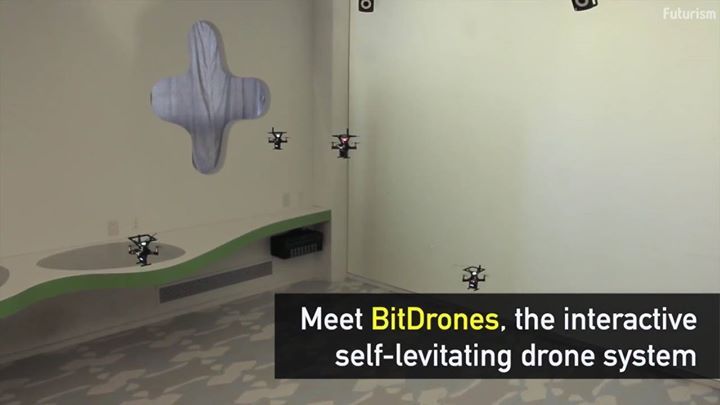

Big Hero 6’s programmable nanobots are on the horizon.
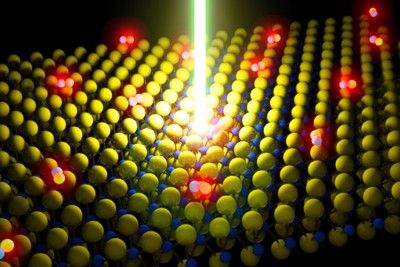
An emerging class of atomically thin materials known as monolayer semiconductors has generated a great deal of buzz in the world of materials science. Monolayers hold promise in the development of transparent LED displays, ultra-high efficiency solar cells, photo detectors and nanoscale transistors. Their downside? The films are notoriously riddled with defects, killing their performance.
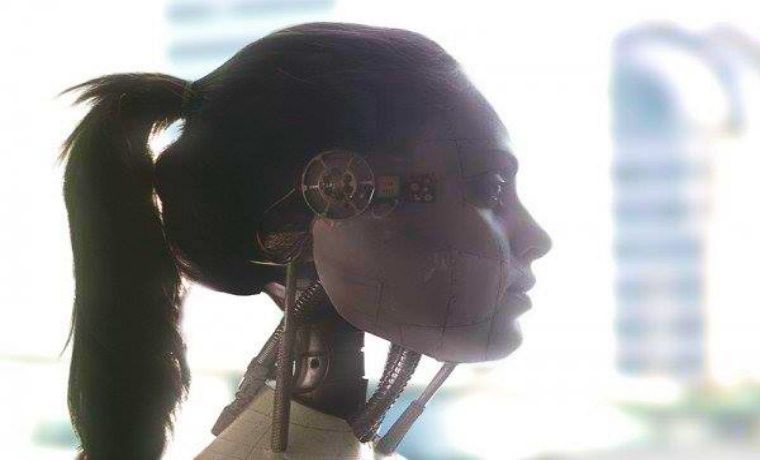
Humai, a technology company based in Los Angeles, says that it is working on a project known as “Atom & Eve” that would let human consciousness be transferred to an artificial body after their death.
Artificial intelligence, the most important and major discovery of science will be one of the most helpful things in the whole project. The Humai have already started working on human rebirth using artificial intelligence.
The three technologies collectively used by the tech giant company are “Nanotechnology, bionics & artificial intelligence”. The company is expecting the whole system to be ready in 3 decades and, of course, this type of work requires this much time.
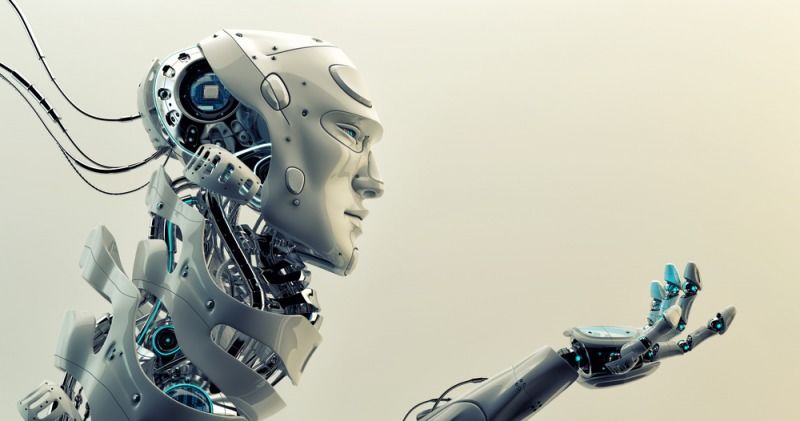
As advancements in technology continue at an ever-increasing pace, will there ever come a day when we’ll be able to use science to cheat death? Australian startup company Humai seems to think so; it claims to be working on a way to transfer a person’s consciousness into an artificial body after they’ve died.
“We want to bring you back to life after you die,” says Humai CEO Josh Bocanegra on the company’s website. “We’re using artificial intelligence and nanotechnology to store data of conversational styles, behavioral patterns, thought processes and information about how your body functions from the inside-out. This data will be coded into multiple sensor technologies, which will be built into an artificial body with the brain of a deceased human. Using cloning technology, we will restore the brain as it matures.”
In an interview with Australian Popular Science, Bocanegra said: “We’ll first collect extensive data on our members for years prior to their death via various apps we’re developing.” After death, the company will cryogenically freeze members’ brains until the technology is fully developed, at which point the brains will be implanted into an artificial body.
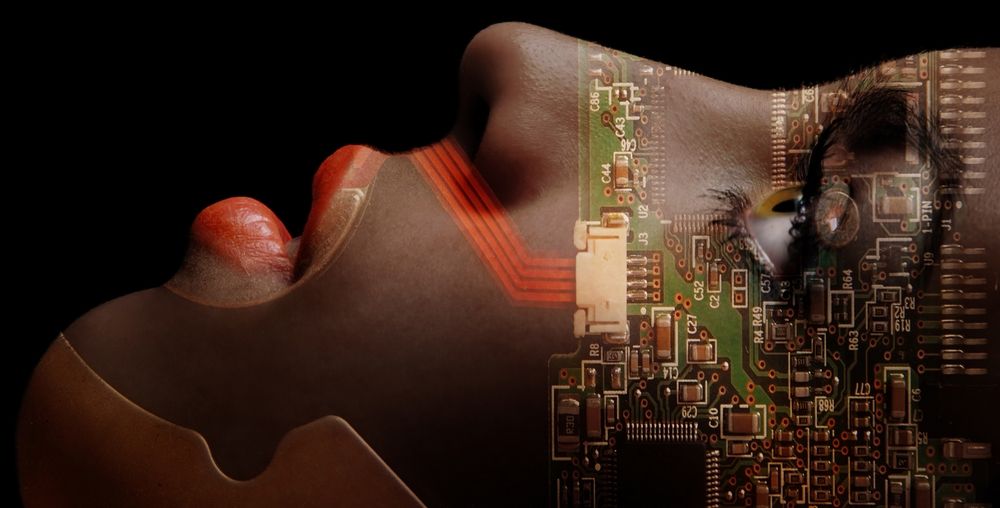
A company has announced its intention to resurrect the dead by storing their memories and using artificial intelligence to return them to life. In the future, of course.
Yeaaaaaah. What?
The company is called Humai, and at the moment, it is pretty sparse on details – and we’re still not sure it’s not a marketing ploy or a hoax. At any rate, the company says they want to store the “conversational styles, behavioral patterns, thought processes and information about how your body functions from the inside-out” on a silicon chip using AI and nanotechnology, according to their website.
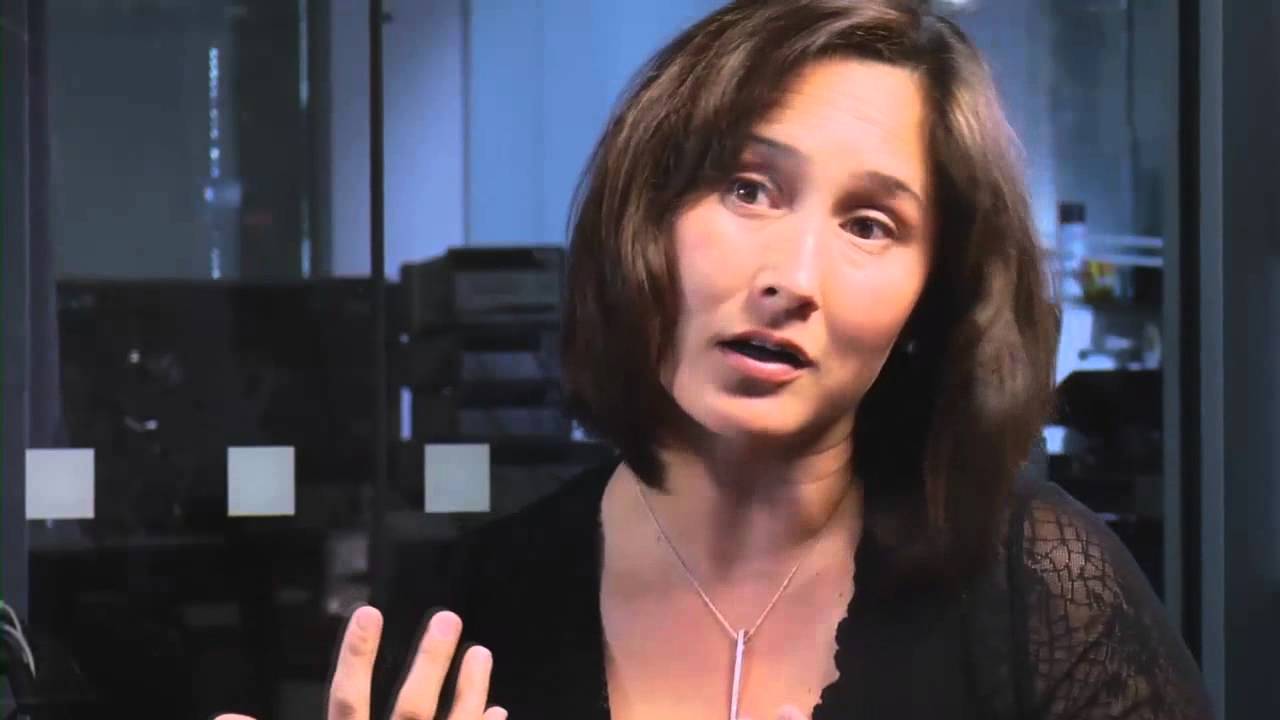
Ray Kurzweil: https://en.wikipedia.org/wiki/Ray_Kurzweil#Health_and_aging
Raymond “Ray” Kurzweil is an American author, computer scientist, inventor and futurist. Aside from futurology, he is involved in fields such as optical character recognition (OCR), text-to-speech synthesis, speech recognition technology, and electronic keyboard instruments. He has written books on health, artificial intelligence (AI), transhumanism, the technological singularity, and futurism. Kurzweil is a public advocate for the futurist and transhumanist movements, and gives public talks to share his optimistic outlook on life extension technologies and the future of nanotechnology, robotics, and biotechnology.
Kurzweil admits that he cared little for his health until age 35, when he was found to suffer from a glucose intolerance, an early form of type II diabetes (a major risk factor for heart disease). Kurzweil then found a doctor (Terry Grossman, M.D.) who shares his non-conventional beliefs to develop an extreme regimen involving hundreds of pills, chemical intravenous treatments, red wine, and various other methods to attempt to live longer. Kurzweil was ingesting “250 supplements, eight to 10 glasses of alkaline water and 10 cups of green tea” every day and drinking several glasses of red wine a week in an effort to “reprogram” his biochemistry. Lately, he has cut down the number of supplement pills to 150.
Facebook: https://www.facebook.com/agingreversed

https://www.youtube.com/watch?v=91M98WRqHJQ
Humai, a Los Angeles-based tech company, is hoping to bring back the dead within 30 years. A Los Angeles-based technology company has a goal of bringing dead people back to life within the next 30 years. Humai’s official website states that artificial intelligence and nanotechnology are being used to analyze human processes, and the creation of “an artificial body” is in the works. Once the artificial body has been perfected, the member’s brain, which will have been preserved through cryonics after death, will be implanted to direct movement and function. Helping the integration will be the extensive information the company gained while tracking each person for years during his or her life, according to the company’s founder and CEO Josh Bocanegra. An artificial intelligence app will retain the voice, personality, and behavioral patterns of each person and deploy as needed. This app is expected to launch among the membership by 2017. Aiding in this pursuit is the nanotechnology Humai is assisting in developing, which “will repair the cells destroyed in the brain after death.” The company, which employs five people total, is thus far self-funded but may be open to investments in the near future.
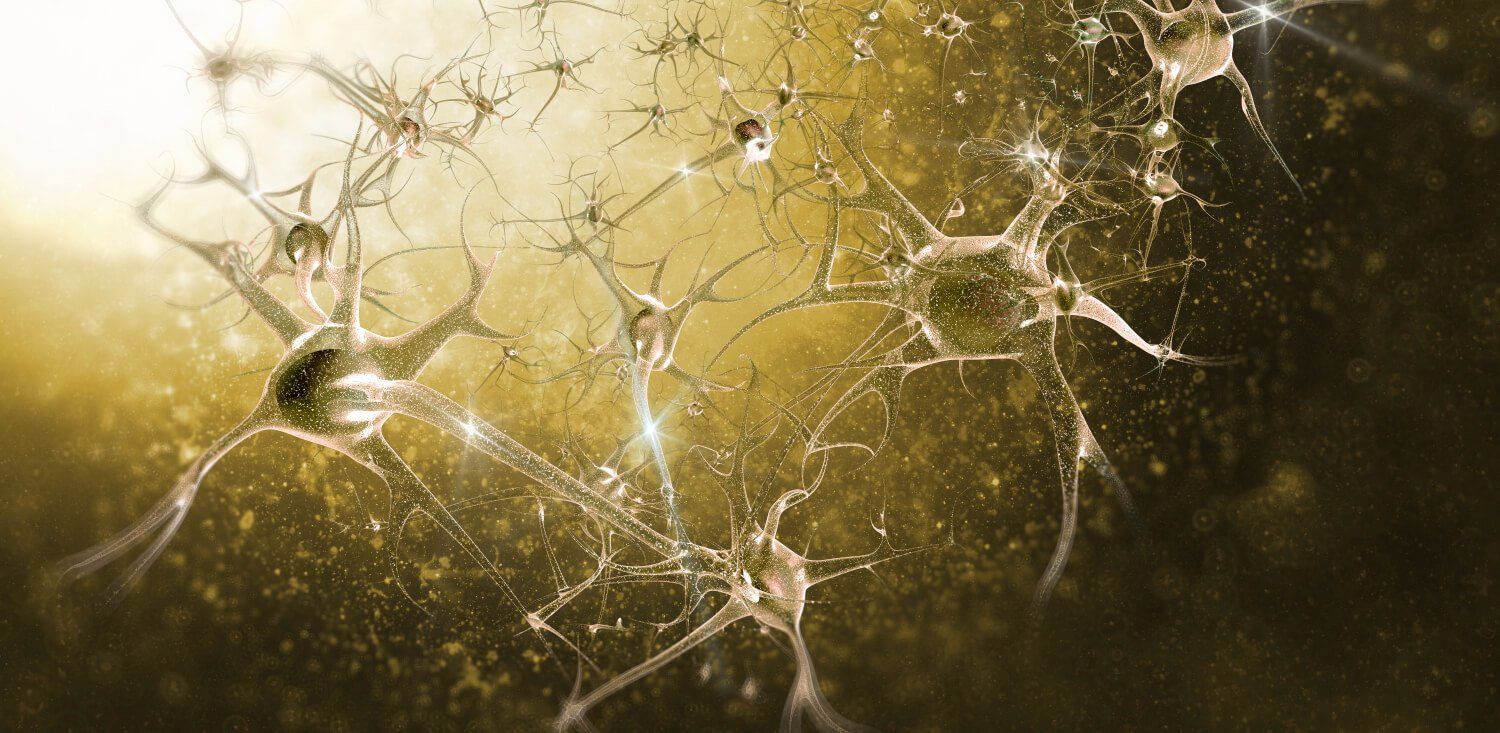
A few weeks ago, I wrote about Ray Kurzweil’s wild prediction that in the 2030s, nanobots will connect our brains to the cloud, merging biology with the digital world.
Let’s talk about what’s happening today.
Over the past few decades, billions of dollars have been poured into three areas of research: neuroprosthetics, brain-computer interfaces and optogenetics.
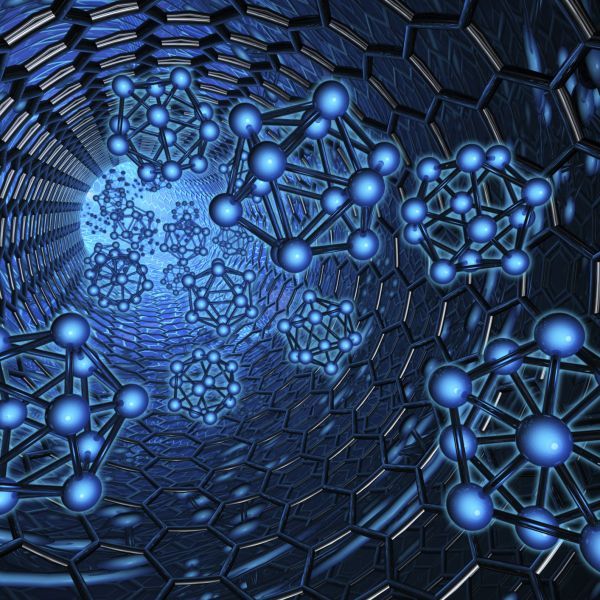
This tech is designed to be an alternative to a kidney transplant or dialysis. It completely mimics the functions of the kidneys.
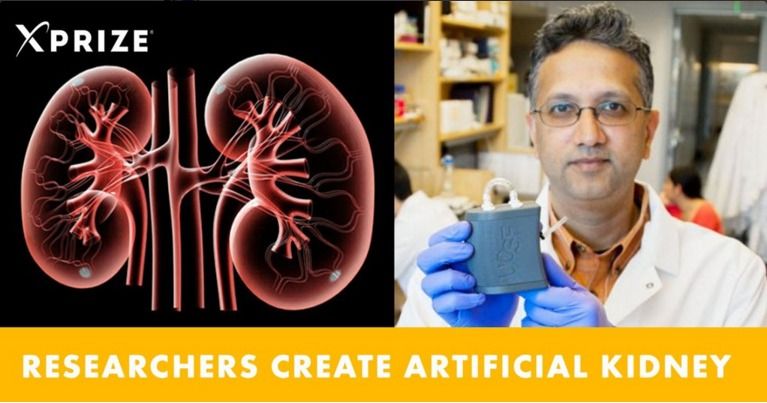
A team of researchers have created a surgically implantable, artificial kidney. The new device has silicon features and functions on nanotechnology. The new artificial kidney performs all the functions of a typical human kidney and it replaces the need for traditional dialysis and kidney transplants among patients. (Photo : Twitter/xprize )
Researchers recently presented a study that could lead to the development of a surgically implantable, artificial kidney, which is built with nanotechnology. This new study could lead to the development of an alternative artificial kidney for people on dialysis, with end stage renal disease (ESRD), along with persons on waiting lists for kidney transplants.
Like Us on Facebook.